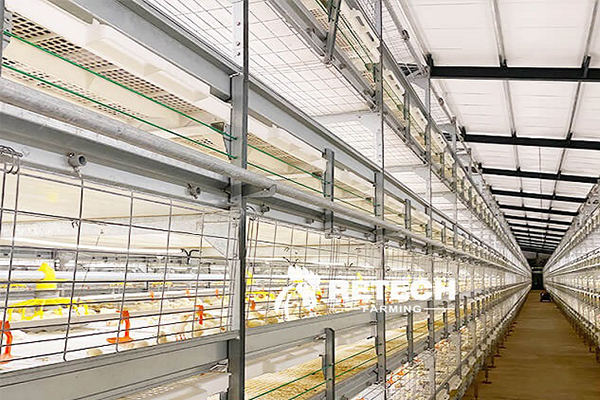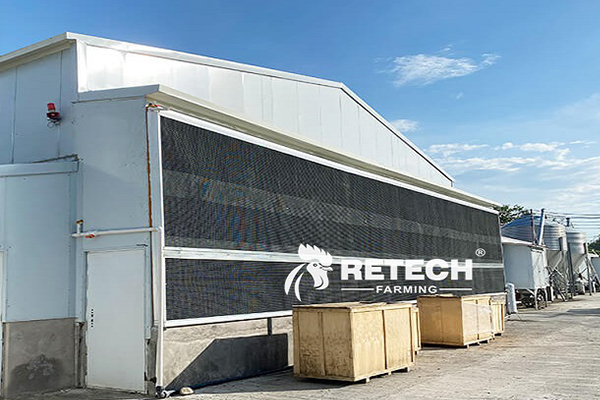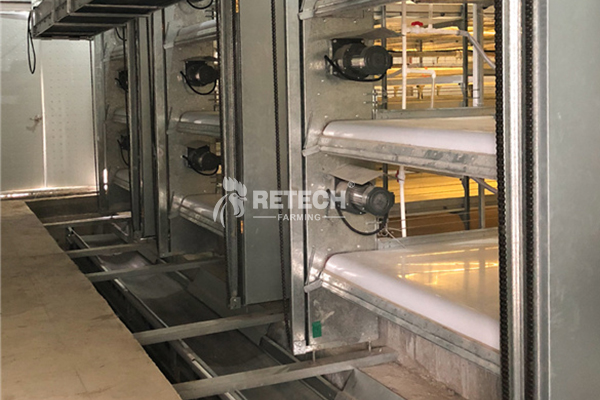If you are planning to start a broiler chicken farming project in the Philippines, this article provides general information on broiler chicken farm configuration that will be helpful to you!General configurations of broiler farms:
3 types of broiler houses :
Open houses: These are the most common type. They are large, open structures with ventilation systems. They are usually built with concrete walls and metal roofs.
Enclosed houses: These chicken houses have a more controlled environment with sealed walls and climate-controlled. They are usually used for larger-scale chicken house operations.

Multi-Storey Chicken Houses: These chicken houses are designed to maximize space usage and are typically used to house larger flocks. The chickens are housed on multiple floors within the same structure.
Free-range: This system allows poultry to roam freely outdoors, but they are usually still kept in barns or sheds at night. This type of operation is not common for broilers.
Key elements of broiler farm configuration:
Ventilation system: This is essential to maintain a healthy environment for the birds. It removes moisture, ammonia, and other harmful gases.
Lighting system: Lighting is essential to regulate the growth and development of birds.
Feeding and watering system: Ensure that birds receive a constant and adequate supply of food and water.
Manure management: Proper handling and disposal of manure is essential for environmental protection.
Biosecurity measures: Have strict biosecurity protocols in place to prevent diseases from entering the farm.To learn more about a specific farm setup
To learn more about a specific farm setup, I recommend:
1.Contact a poultry association in the Philippines: They may have information on typical configurations in the area.
2.Visit a poultry farm in the Philippines: This is the best way to see first-hand how a farm is configured.
3.Research online: Find articles and reports about poultry farming in the Philippines.
Keep in mind that broiler farm configurations will vary based on the following factors:
1.Farm size: Larger farms may have more complex configurations.
2.Production practices: Some farms may use organic methods or specialize in raising certain breeds.
3.Environmental factors: Climate and location can affect the design.
Email: director@retechfarming.com
Post time: Aug-05-2024









